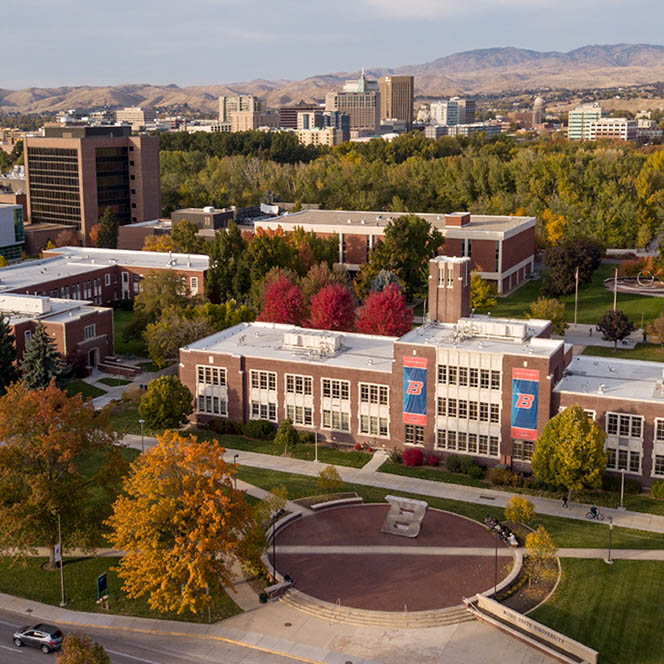


Thesis Information
Title: Thermal-Fluid And Optical Considerations In The Design Of Porous Cavity Receivers
Program: Master of Science in Mechanical Engineering
Advisor: Dr. Todd Otanicar, Mechanical and Biomedical Engineering
Committee Members: Dr. Trevor Lujan, Mechanical and Biomedical Engineering and Dr. Marta Azcue, Mechanical and Biomedical Engineering
Abstract
Concentrated solar power (CSP) is a versatile renewable energy source that cleanly provides thermal energy by means of concentrating solar irradiance. One form of CSP, central receiver systems (CRS), utilizes receivers that allow for a solid medium to act as a heat exchanger between the solar irradiance and an optically clear working fluid. This solid medium can take many forms. One such form that shows great potential in high temperature applications is a porous receiver made of a ceramic material. The porous media is subject to solar irradiance to heat its surface. Air is then pulled across the porous media to extract heat. This is important not only for generating useful thermal energy, but also to keep the porous media from overheating. These types of cavity receivers are employed in a variety of systems as a means of power generation or to generate thermal energy for use in industrial processes. Cavity receivers are subject to nonuniform concentrations of solar irradiance across their surfaces, creating hotspots that lead to additional thermally induced stress. This research applied coupled thermal-fluid and optical models in order to address three research areas. The first is understanding the effects of cavity shape and size on the heat flux distribution of cavity receivers applied to asymmetric heliostat fields. The second is in the implementation of a variable porosity cavity receiver for the purpose of controlling fluid inlet velocities across the receiver’s surface. The third and final area to be analyzed by this paper is the sensitivity of the air return ratio of a cavity receiver with respect to the return air reinjection velocity. Key conclusions were drawn in several areas, including which cavities produce the most desirable heat flux concentrations, which methods of porosity distributions perform the best in hotspot mitigation, and how air return ratios vary with return air reinjection and outlet air velocities.
